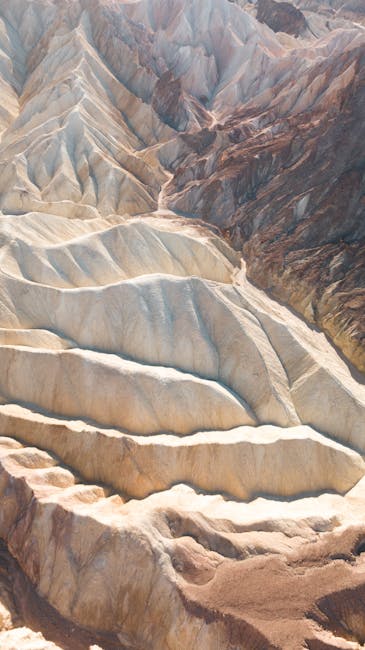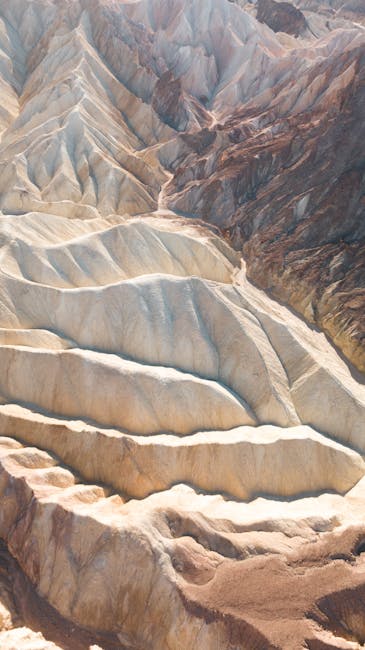Exploring the Majesty of High Cliffs: A Deep Dive into Dramatic Landscapes
High cliffs, those towering testaments to the power of nature, evoke a sense of awe and wonder. Their sheer scale and dramatic beauty have captivated humans for millennia, inspiring artists, writers, and adventurers alike. From the dramatic white cliffs of Dover to the rugged coastlines of the Pacific Northwest, high cliffs offer a unique and breathtaking experience. But beyond their aesthetic appeal, high cliffs also hold significant geological, ecological, and historical importance. This article delves into the world of high cliffs, exploring their formation, the diverse ecosystems they support, the challenges they present, and their role in human history and culture.
The Geological Formation of High Cliffs
The formation of high cliffs is a complex process shaped by a multitude of geological forces over vast stretches of time. Several key factors contribute to their creation:
- Erosion: The relentless action of wind, water, and ice sculpts the landscape, gradually wearing away softer rock formations. This differential erosion, where harder rock resists erosion more effectively than softer rock, leads to the formation of prominent cliffs.
- Tectonic Activity: Earthquakes and other tectonic movements can uplift landmasses, creating dramatic changes in elevation and contributing to the formation of high cliffs. Fault lines often expose layers of rock with varying resistance to erosion, further enhancing cliff formation.
- Sea Level Changes: Fluctuations in sea level over geological time scales significantly influence coastal cliff formation. As sea levels rise or fall, the coastline shifts, leading to the exposure or submersion of rock formations and shaping the profile of the cliffs.
- Glaciation: In regions that have experienced glacial activity, the movement of massive glaciers can carve out valleys and leave behind steep, towering cliffs. The weight and abrasive power of the ice contribute to the sculpting of the landscape.
- Volcanic Activity: Volcanic eruptions can create dramatic cliffs, either through the direct formation of steep slopes from lava flows or through the subsequent erosion of volcanic rock formations.
Types of High Cliffs
High cliffs aren’t monolithic formations; they vary considerably in their composition, structure, and appearance. Some common types include:

- Sea Cliffs: These are cliffs formed by the action of waves eroding the coastline. They are often characterized by dramatic vertical faces and wave-cut platforms at their base.
- River Cliffs: Formed by the erosive power of rivers cutting through the landscape, these cliffs often exhibit intricate patterns and variations in rock strata.
- Mountain Cliffs: These are found in mountainous regions, often resulting from tectonic uplift and glacial erosion. They can be incredibly steep and challenging to navigate.
The Ecology of High Cliffs
High cliffs, despite their seemingly harsh environment, support a remarkable diversity of life. These unique ecosystems are characterized by specialized plants and animals adapted to the challenges of steep slopes, strong winds, and limited soil.

Cliff-dwelling plants often possess deep root systems to anchor themselves to the rock face, while many animals have evolved specialized adaptations for climbing and navigating these challenging terrains. Birds of prey often nest on high cliffs, taking advantage of the vantage point for hunting and protection from predators. Various reptiles and insects also thrive in the microclimates found within cliff crevices and overhangs.

High Cliffs and Human History
High cliffs have played a significant role in human history, serving as natural fortifications, sources of resources, and sites of cultural and spiritual significance. Throughout history, people have utilized cliffs for shelter, defense, and religious practices. Many ancient settlements are found perched atop high cliffs, offering strategic advantages for protection and observation.
The extraction of resources from cliffs, such as minerals and building materials, has also shaped human societies. Coastal cliffs have been vital for fishing and transportation, while inland cliffs have provided access to valuable minerals and other resources. Many cliff faces are adorned with ancient cave paintings and rock art, reflecting the deep connection between humans and these dramatic landscapes.
The Challenges of High Cliffs
While captivating and awe-inspiring, high cliffs present significant challenges. Rockfalls, landslides, and erosion pose constant threats, requiring careful management and safety precautions. Access to high cliffs can be difficult and dangerous, requiring specialized equipment and expertise. Conservation efforts are crucial to protect the unique ecosystems and geological formations found in these areas. Climate change also presents a growing threat, as rising sea levels and increased storm intensity exacerbate coastal erosion and threaten the stability of high cliffs.
High Cliffs: A Continued Source of Inspiration
High cliffs continue to inspire artists, writers, and adventurers. Their dramatic beauty and powerful presence have captivated the human imagination for centuries, serving as backdrops for countless works of art and literature. From the dramatic coastal scenes painted by J.M.W. Turner to the breathtaking landscapes captured in contemporary photography, high cliffs remain a powerful symbol of nature’s untamed beauty.
The challenge and excitement of exploring and conquering high cliffs continue to draw adventurers from around the world. Climbers, hikers, and paragliders seek out the thrill of these dramatic landscapes, testing their skills and pushing their limits. High cliffs, therefore, remain a source of both aesthetic and athletic inspiration, continuing to captivate and challenge us in equal measure.
In conclusion, high cliffs are far more than just impressive geological features. They are complex ecosystems, historical landmarks, and sources of ongoing inspiration. Understanding their formation, ecology, and cultural significance allows us to appreciate their profound impact on our world and fosters a greater sense of responsibility for their preservation.

